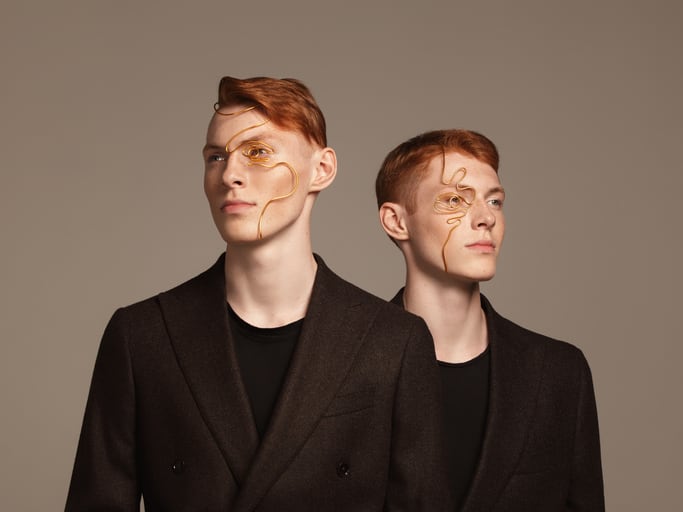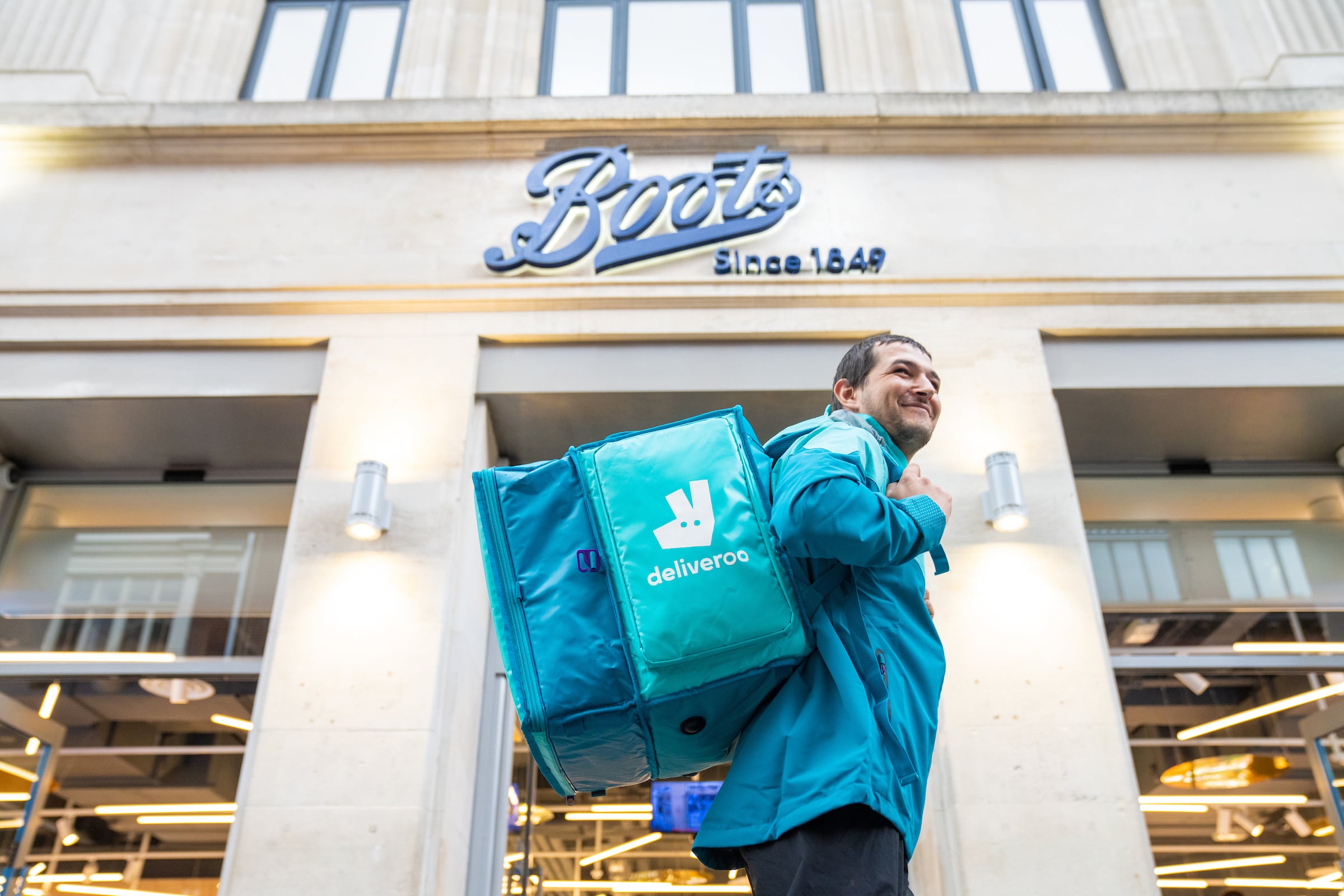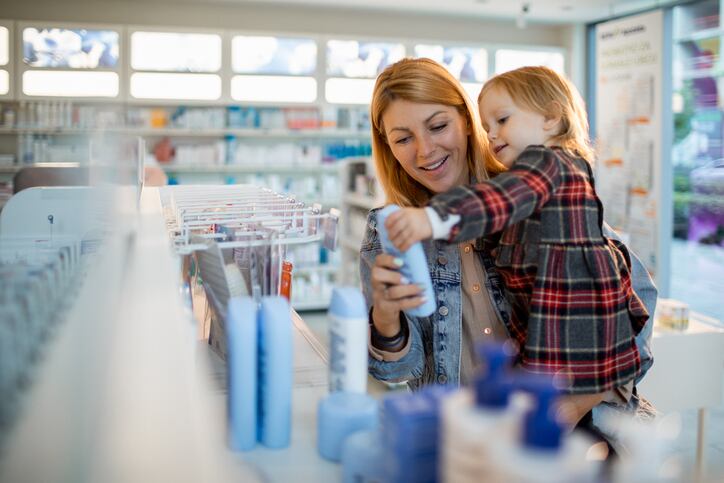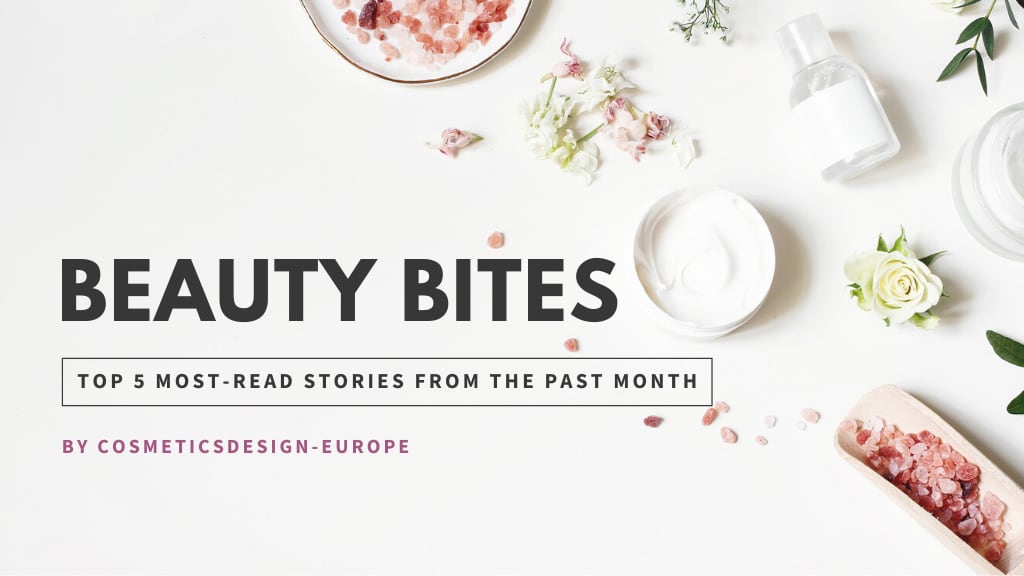Last month’s CosmeticsDesign Beauty 4.0 - Tech, Tools and Future Trends webinar, moderated by CosmeticsDesign-Europe editor Kacey Culliney, brought together a stellar lineup of executives from Sephora, Shiseido, Orveon, Mintel and The Virtual Events Group, to brainstorm the future direction of beauty tech.
We’ve assimilated some of the key themes from this discussion to bring together seven predictions for how the beauty tech space is going to evolve in the next five years.
Prediction #1 Metaverse to move beyond playful experimentation
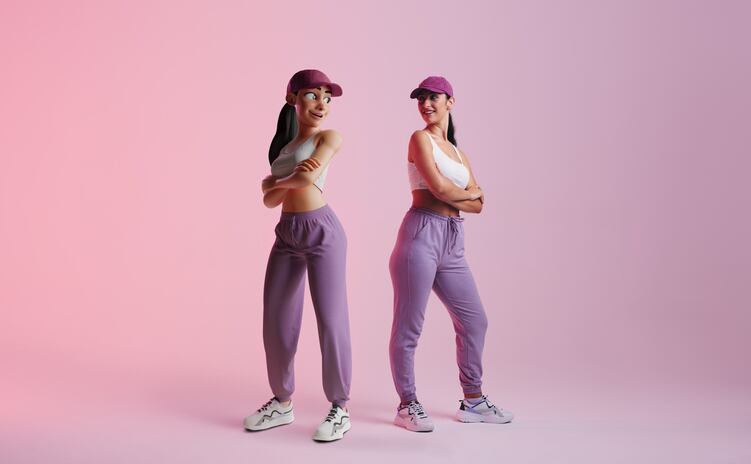
Whilst the fashion industry continued to lead the way in engaging with the metaverse, the panelists were unanimous that beauty could, and was starting to, play in this space too.
Japanese cosmetics major Shiseido, for example, was already dipping a toe in the metaverse. The company’s vice president of digital and ecommerce Juliana Chu told how, in the US this July, Nars Cosmetics launched a Color Quest game on Roblox, inspired by the brand’s blush, Lagune and Light Reflecting product franchises.
At present, Chu said Shiseido’s involvement with the metaverse remained at a “nascent” stage, in line with the industry as a whole.
“I think because everyone is at such a nascent stage, testing, learning and proving some success is the way to go,” she said. “We see it as a way of recruiting customers, building brand awareness and engaging consumers.”
With this in mind, she emphasised the importance of managing shareholder expectations that money invested in metaverse projects would not instantly generate sales. “It is important to set sales and non-sales related KPIs,” she said.
Robin Raskin, founder of The Virtual Events Group, endorsed this ‘test and learn’ approach to the metaverse, saying: “I think the decisions companies like yours are making not to jump in head-long but to carry out pockets of experimentation are the right ones.”
Raskin said that, right now, the best way for brands to use the metaverse was for fun engagement. She cited the example of Estée Lauder giving out free glow-boosting NFTs for their avatars in Decentraland. “That was fun, easy to do and free,” she said.
However, the panelists agreed that the next few years would see the metaverse evolving in such a way that it could potentially be used with more impact than just consumer engagement and excitement.
“I think the metaverse will move very quickly to be part of our daily life and it will be fluid,” said Raskin.
Andrew McDougall, associate director for global beauty and personal care at Mintel, added: “I think the metaverse has its limits right now. It is a Nintendo 64 playing in a PS5 world. However, the next evolutions are going to be interesting.”
Prediction #2 Building communities will be key
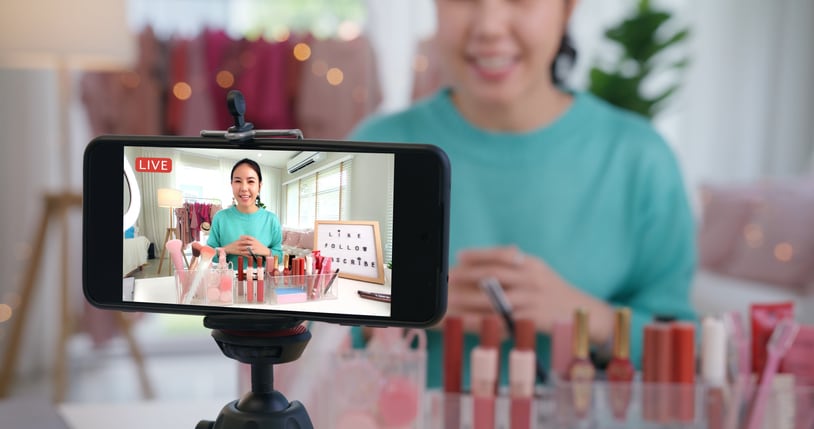
As brands moved beyond interacting in the metaverse solely with the aim of creating fun consumer experiences, success would depend, to an extent, on building communities within this space, according to McDougall.
“The metaverse might be clunky and awkward, but when you look at gaming, Roblox and Minecraft are some of the most popular games in the world even though they aren’t the most aesthetically advanced. What they have beyond the fun and playfulness is community. How do we build community in the metaverse? That becomes important. How do we build community around tech in general? That goes beyond playfulness,” he said.
His point about the increasing importance of building communities was picked up by Salima Popatia, chief digital officer at prestige brand owner Orveon, who said: “I think that is the key in beauty tech. Women love talking about beauty. It is such a connector and it is so important to create those communities around the brand. How do you bring these experiences together and give them a space where they can engage together? I think that is what it is all about.”
Popatia argued that the idea of creating communities wasn’t a new concept - it was just being reenacted in a different space and using different tech.
“When I go back to the early days of my career before influencers, there were forums to discuss collections being launched; it was incredibly powerful. I think consumers are feeling this need. It is advocacy of a brand in a very loyal way - what more could a brand want?”
Chu also endorsed the importance of community building, saying: “It is really very simple. Beauty is a word-of-mouth industry. If beauty tech can enable that, why are we not doing it more? Community building is a really key element in our industry.”
Prediction #3 Virtual influencers will take over from celebrity influencers

Shiseido had become one of the first beauty brands to experiment with computer-generated influencers, according to Chu. “We have seen the virtual influencer trend taking off, so we thought, why not try it? You will never know if it is going to take you somewhere unless you try it.”
She explained: “Instead of having a real person doing live streaming and product education on Instagram, we are using a virtual influencer. There is more to come on that and we are just trying it.”
In parallel with the virtual influencer trend, Raskin predicted that celebrity beauty endorsements would become less important moving forwards.
This matched the thinking of beauty forecaster WGSN’s head of insight who recently described virtual influencers as a super innovative space, particularly as consumers started to dismiss traditional influencer models.
Prediction #4 Tech will aid transparency
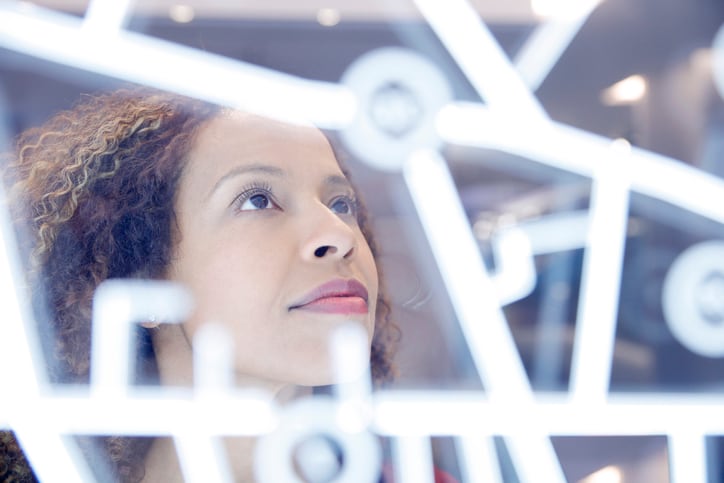
The panelists agreed that there was untapped value to be extracted from the NFTs that serve as certificates of ownership and authenticity in the metaverse.
“You can track a product’s supply chain journey through a smart contract. I can see the industry relying on that more and more to see whether products are sustainable and legally compliant,” said Raskin.
McDougall’s view was that, in the future, the focus would shift from sustainability to transparency and that in pursuit of this goal, the beauty industry would make more use of the data associated with NFTs.
“I think transparency will be the next beauty buzzword after sustainability. Transparency is something that tech can give to supply chains. Data ledgers can be used to track ingredients and supply chains. With block chains you can’t change the data that goes in and NFTs are a certificate of authenticity. There are so many different areas that tech can play in - beyond being a fun, engaging element,” he said.
Prediction #5 Virtual first will take over from virtual reality
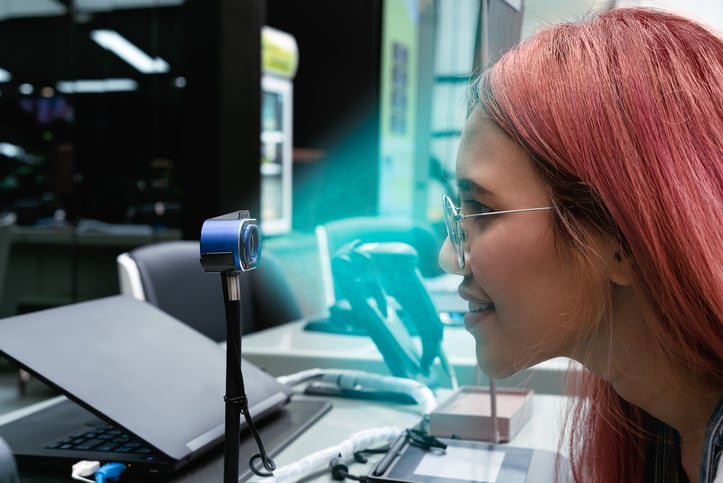
McDougall said that right now, brands approached the metaverse as a means of recreating the real world. However, he predicted this view would be turned on its head as virtual first became the new norm.
“Virtual first will be the next step; Nike working with Artefact to create trainers in the metaverse that you can buy in the real world, for example,” he said.
“In order to succeed, that two-way relationship will need to evolve a lot more,” he added.
And virtual first was part of a much broader trend that would see brand campaigns increasingly straddling the real and the virtual world.
“We are seeing greater fluidity between the real world and the virtual world - a brand might send consumers NFTs they can redeem in-store for a real product. That creates this loyalty programme that is quite powerful and playful,” noted Raskin.
Prediction #6 Beauty tech experiences will be seamless
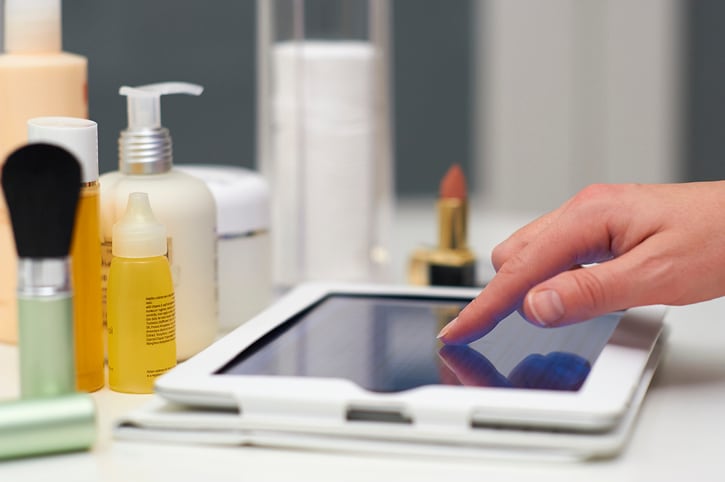
As tech became slicker and more sophisticated, the panelists said there would be no excuses for disjointed consumer experiences, and that seamlessness needed to transcend online and offline touch points.
“We want to make sure each interaction is meaningful, purposeful and delights the consumer - and that those experiences are connected so the consumer feels those traits in a very seamless way whether they are in store, online or on a phone,” said Popatia, of Orveon’s beauty tech strategy.
Chu agreed: “If the consumer doesn’t see the technology, that is the best kind of experience. It should be behind the scenes.”
She said advancements in tech had already helped brands to deliver this seamlessness across different platforms, giving the example of Perfect Corp (in which Shiseido has a minority stake) whose virtual try-on technology guaranteed shade consistency across any device or platform.
The drive towards seamlessness also applied in a retailer context too, as Alia Gogi, president of Sephora Asia, explained: “I think the consumer experience must be very consistent across all the touch points and those touch points must be seamlessly connected. It is about talking to the consumer in a holistic way. I think this will be the way beauty retailers will evolve five years from now.”
Prediction #7 Diagnostic tech will integrate skin health and beauty
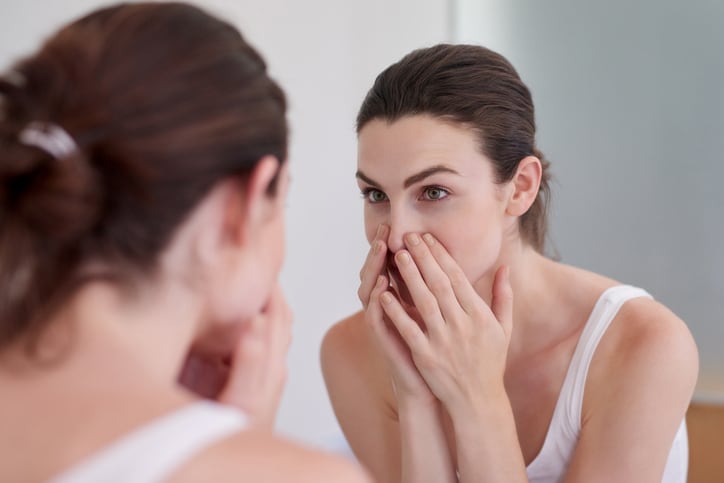
In its first ‘Store of the Future’ in Singapore, Sephora was offering skin care recommendations through Skincredible - a dermatologist-grade skin analysis device.
In the future, McDougall said use of wearables was likely to be extended to diagnose skin health issues, blurring the line between beauty and health.
Raskin expanded on this point, saying: “Beauty and skin health are becoming more closely aligned and that introduces a whole new set of potential wearables for analysing everything from skin hydration to pores, moles and SPF levels.”
Chu said there was a big opportunity for beauty tech to partner with adjacent technologies in the diagnostics space, in the same way that DNA testing technologies were being integrated with personalised diet recommendations in the nutrition space.
“By integrating beauty tech with adjacent technologies, the definition of beauty tech could become a lot broader,” she said.
Beauty 4.0 - Tech, Tools & Future Trends
Interested in hearing more about what our experts had to say on the future of beauty tech? The webinar is still available to watch in full on-demand HERE. It's free to watch, you just need to register.

